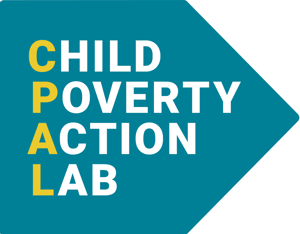
Build messages that persuade, one component at a time





Test every messaging element before you launch
The difference between a message that moves people and one that mobilizes opposition often comes down to the details. We help you unpack each component, messengers, values, facts, emotions, and test how they work together across audiences. With this evidence in hand, you can design messages that persuade and endure under scrutiny.
The Gradient difference
- Clarify messaging objectives
We start by defining the specific messaging risks and opportunities your organization faces, including persuading new audiences, mobilizing supporters, or blunting oppositional narratives. - Design targeted research
We break messages into their core components and design experiments that test how values, emotions, and frames perform both individually and in combination. - Analyze & interpret
Our team of data scientists and PhD researchers go beyond which message "wins" to unpack why it works, how different segments respond, and where hidden vulnerabilities may exist. - Activate insights
You leave with practical, audience-tested message frameworks that you can deploy across ads, field scripts, media, and campaigns, with the confidence that you're using language that both persuades and activates.

Survey methodologies that drive results
We use conjoint experiments to test how people privately weigh different message elements (such as values, frames, messengers, or emotional appeals) when forced to make tradeoffs.
By presenting respondents with varied combinations and observing their choices, we isolate which components truly drive persuasion, even when people might hesitate to state their preferences directly. This component-based method of testing message preference:
- Isolates which message components contribute most to overall impact; which ones are the most important to really nail?
- Identifies, within each component, which elements are most likely to be helpful (or harmful) for persuasion and activation.
- Surfaces effective combinations that work across audience segments without diluting core values.
We use split-sample A/B tests to evaluate more complete competing narratives or small but important tweaks to message framing, language, or delivery style. This helps define direction or refine core messages for different sub-audiences or contexts without losing consistency. The use cases for A/B testing include:
- Testing versions of fully-formed messages or approaches to determine which works best.
- Comparing small variations in tone, wording, or messenger choice.
- Identifying quick-turn adjustments that improve resonance with key targets.
We simulate how your messages perform in direct challenge to oppositional frames, using either Messaging Component Analysis or structured A/B testing. Oppositional testing:
- Surfaces which arguments are most vulnerable to opposition attack.
- Builds the most persuasive response to known entrenched oppositional narratives that may themselves be convincing to the public.
- Improves confidence that your message can withstand real-world debate conditions.
Success stories at a glance













